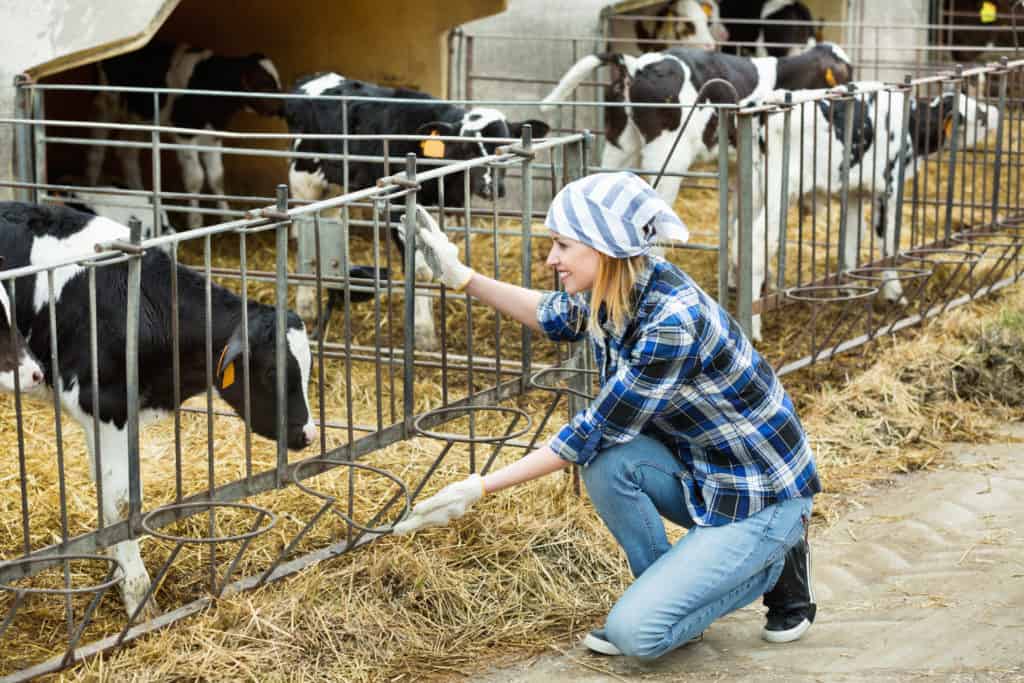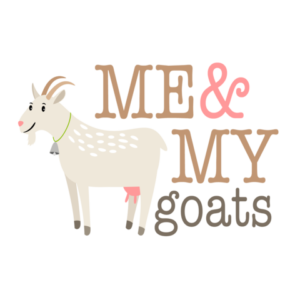Goats have strong digestive systems, but are they strong enough to digest plastic?
A goats digestive system does not have the ability to fully digest plastic. If a goat consumed plastic, it would either be excreted, or get stuck in the digestive tract of the goat, depending on the extent of the plastic being consumed.
Read on to discover how the digestive system of a goat works
Why Goats can’t eat plastic?
The goat digestive system is unable to break down these strong plastics. This is because the acidity levels found in a goat’s stomach are insufficient for the breaking down of plastics, it is only an acid of 3.5 to 4, very insufficient for the breaking down of plastics. If a goat does try to consume a plastic item, especially if it is large, it is likely that it will get stuck in its digestive tract, causing many problems. Simply defined, goat’s stomachs have insufficient levels of acidity to break down and digest plastic items.
What happens when Goats eat plastic?
A goat’s consumption of plastics will inevitably be detrimental to the health of the goat, with the extent of which largely depending on the volume of the plastic consumed. When the plastic is consumed, it will be lodged in the stomach, giving the goat the false feeling of being full, despite the plastic providing no nutrition to the body of the goat.
Over time, this dimmed feeling of hunger that the goat experiences causes it to consume less food, and slowly grow weaker and more vulnerable. If the plastic is relatively small, then it can ultimately be excreted from the body, being less detrimental. If the plastic is larger, however, it will clog up the digestive process, causing the goat to experience constipation. Unless medical action is taken, the inability of the goat’s digestive tract to remove this large piece of plastic from the system ultimately will cause the goat to die from starvation.

How the Goat Digestive system works
The goat digestive system is unique and different from many other mammals, as their digestive system is composed of 4 stomach chambers. These chambers are known as the Reticulum, Rumen, Omasum, and Abomasum. Humans are monogastric, we have one stomach that breaks down our food.
Similar to the digestive process of us humans, this process begins with the goats chewing and swallowing the the largely grass-based diet of food they consume. After this is consumed, it is then sorted by the reticulum, with the small particles being moved to the rumen, and the larger ones being chewed more thoroughly before moving to the next step of the digestive process.
After this process, the food particles are then moved to the Rumen. The rumen plays a significant role in the digestive process, as it is the location where the chemical breakdown of the food occurs. This is often the largest stomach, as the duration spent in the rumen can often be quite long. After the microbes found in the Rumen have sufficiently broken down the particles, they will begin to contract, pushing these particles to the next stage: the Omasum.
The role of the omasum is to act as a filter that reabsorbs the water while simulatanously pushing the food along the digestive tract. It is the true stomach of the goat, and acts as the last holding place of digested nutrients and minerals in the body of the goat. In the goat, this is where all of the nutrients would be extracted and broken down from the food, as the acidity in this stomach is high, allowing it to finalize the digestive process. Likewise, if a goat consumed plastic, this is likely where it would be lodged at.
The abomasum is the final stomach. Gastric juices are secreted here, allowing for the finalized breakdown of particles prior to entering the small intestine. After this final step, the particles are moved to the small intestine, where nutrients are absorbed, and the excess is pushed through the excretory system, becoming waste.
Things that goats should consume
Hay
As you would expect, hay is a key stable in the diet of a goat. It provides a lot of essential nutrients and vitamins to goat, while also being relatively cheap to produce. The hay is important as it provides key nutritions that are critical for the functionality of the digestive system for the goat. One of these key nutrients is fiber, which is absolutely essential for the aforementioned rumen to function properly.
Grains
Grains are important for the goat diet as well, as they necessary protein, mineral, and vitamins to the diet of the goat, helping it to stay and feel healthy and active.
As goats have a tolerant and strong digestive system, they can generally eat more than not. Plastic and other non-edible substances of course being an exception. The most important thing to consider for your goat is whether or not it is receiving adequate nutrition. It can be easy to take advantage of the goat’s willingness to eat whatever is put in front of it, but this can be detrimental to the goat in the long run.
While an occasional treat is harmless and fine, it is important to incorporate Hay and grains into the diet of the goat, as they contain nutrients that are absolutely essential to the goat’s livelihood and well-being. Ideally, this can be done on a daily basis as Hay and Grains tend to be relatively cheap and affordably priced, so this should not be much of a challenge. The last thing to keep in mind is whether or not the good is eating sufficient quantities of food, as this is another way to detect its levels of health. The general rule of thumb is that a goat should be consuming two to three percent of its body weight in hay, every single day. This generally equates to a couple of pounds total. So long as the goat consumes hay near these recommended levels, all is well!
